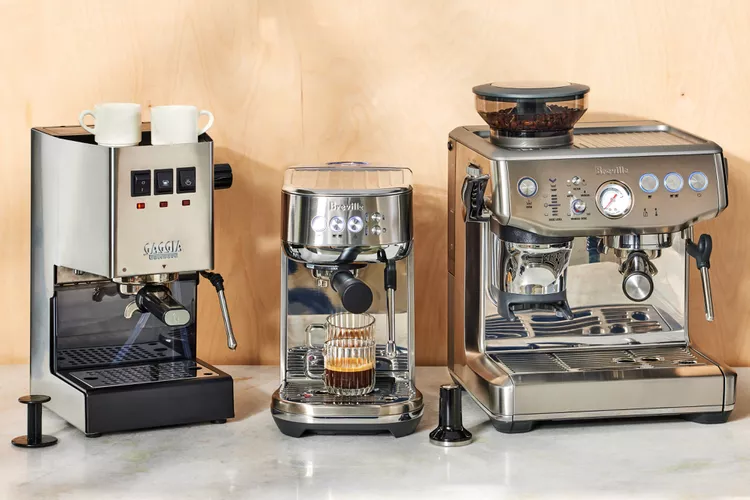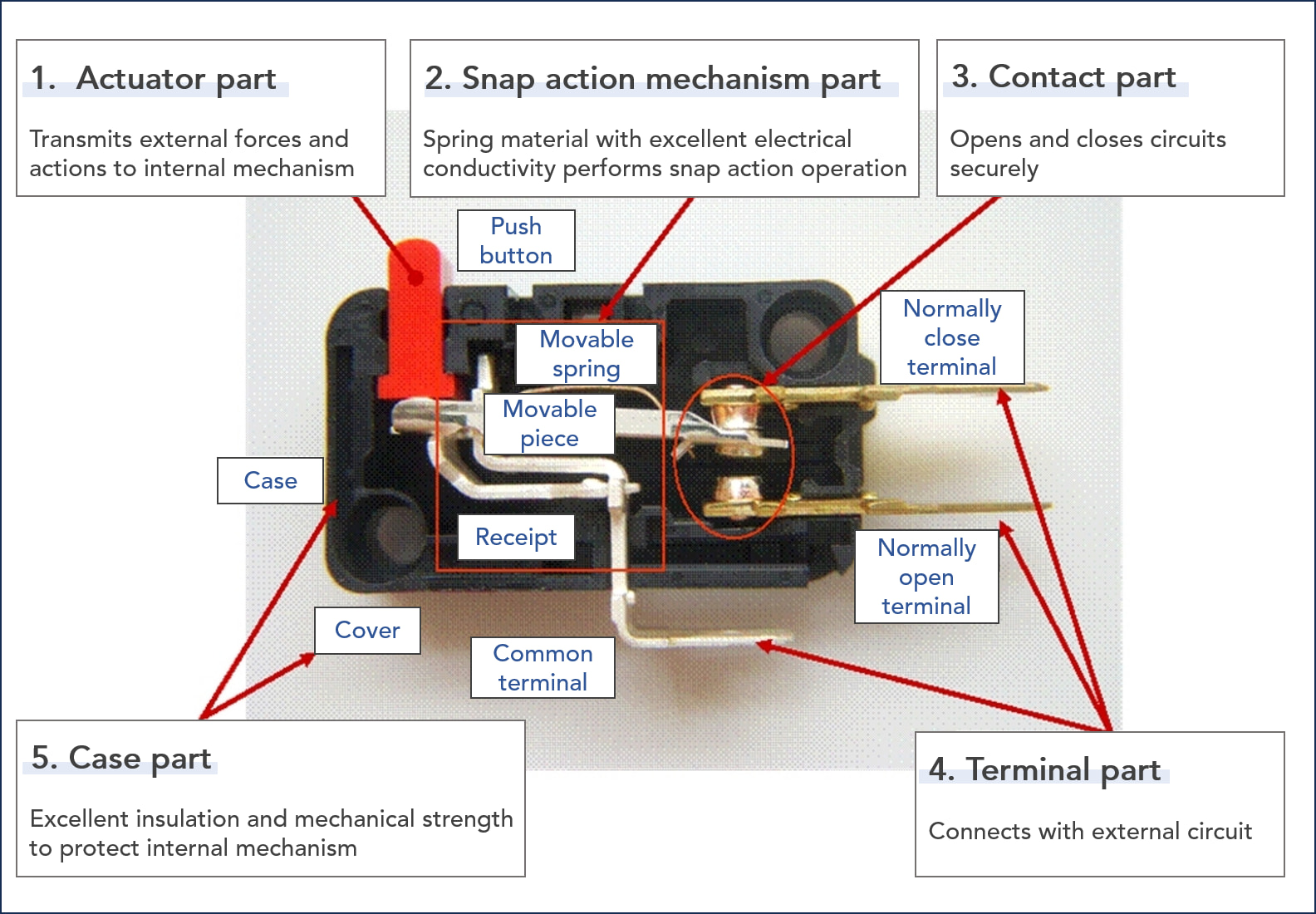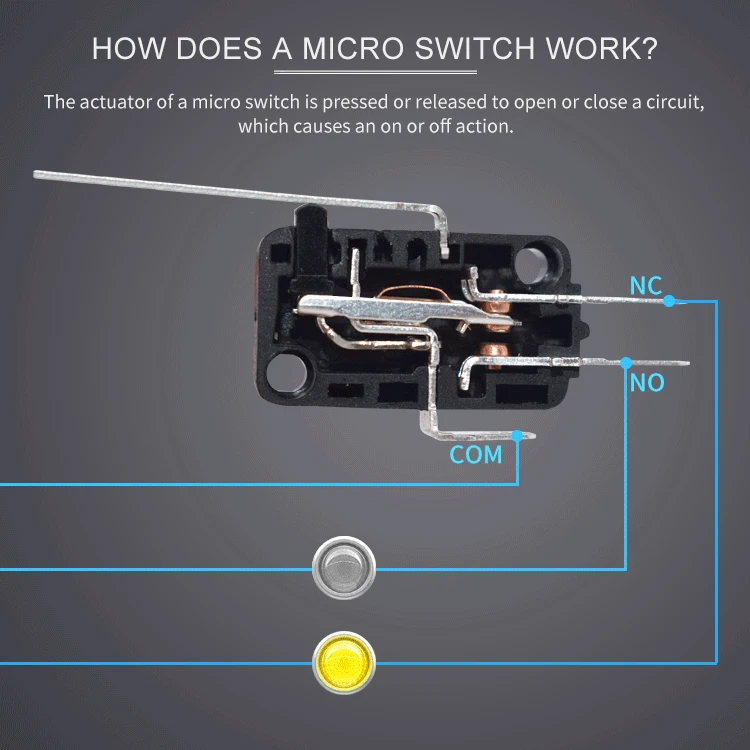
The micro switch in a coffee machine plays an important role. Coffee machines have become an essential appliance in our daily lives, especially for those who can’t function without their daily dose of caffeine. These machines have evolved over time, from simple drip coffee makers to advanced espresso machines.
However, what most people don’t realize is the role micro switches play in the functioning of a coffee machine. Micro switches are small but critical components that help regulate the flow of electricity and signal the machine to perform specific functions. In this article, we will explore the significance of micro switches in coffee machines, how they work, and the benefits they offer.
What is a Micro Switch?
A micro switch, also known as a snap-action switch, is a small electrical switch that activates when a minimal amount of force is applied to its actuator. These switches are designed to be reliable, durable, and can handle a high number of actuations without losing their precision. They are typically used in applications where a precise and consistent signal is required, such as in coffee machines.

How Do Micro Switches Work?
Micro switches are made up of three main components: the actuator, the spring, and the contacts. The actuator is the part of the switch that moves when force is applied. The spring provides the tension required to return the actuator to its original position once the force is removed. The contacts are the conductive parts of the switch that connect and disconnect as the actuator moves.
When a micro switch is installed in a coffee machine, it is typically placed in a location where it can detect a specific event or function. For example, a micro switch may be placed in the coffee machine’s drip tray to detect when the tray is full and needs to be emptied. When the tray is full, it pushes against the actuator, causing it to move and connect the contacts, which sends a signal to the machine to stop brewing.

Benefits of Micro Switches in Coffee Machines
Safety
One of the main benefits of micro switches in coffee machines is safety. Coffee machines without proper safety features can be hazardous, especially if they are left unattended or if they malfunction. Micro switches help prevent these types of accidents by regulating the flow of electricity and signaling the machine to stop functioning if something goes wrong.
For example, if a coffee machine’s water reservoir is empty, a micro switch will detect the lack of water and prevent the machine from brewing, preventing damage to the machine and potential harm to the user. Micro switches are also used in coffee machines with a steam wand to prevent accidental burns. When the wand is in use, the micro switch ensures that the machine’s heating element is turned off, preventing the user from accidentally coming into contact with hot metal.
Precision
Another benefit of micro switches in coffee machines is precision. Micro switches are designed to provide a precise and consistent signal, ensuring that the machine functions correctly every time. This is especially important in coffee machines that require specific measurements of water and coffee to achieve the perfect brew.
Micro switches are often used in coffee machines with a dosing system to ensure that the correct amount of coffee is dispensed every time. These switches are also used in espresso machines to regulate water flow and pressure, which is critical in producing a high-quality shot of espresso.
Durability
Coffee machines are subject to a lot of wear and tear, and the components inside them must be durable to withstand daily use. Micro switches are designed to be durable and can handle a high number of actuations without losing their precision.
In addition, micro switches are typically sealed to protect them from moisture and other environmental factors that can cause damage. This ensures that the switch will continue to function correctly even in harsh conditions.
What Micro Switches Are Suitable for Coffee Machines?
There are different types of micro switches that could be suitable for coffee machines, depending on the specific application and requirements. Here are some examples:
Firstly, snap-action micro switches are designed to quickly open or close their contacts with a minimal amount of force. They could be suitable for coffee machines that require a fast response time, such as when detecting the presence or absence of a cup or triggering the brewing process.
Secondly, lever switches have a small lever or actuator that is pressed or released to open or close the contacts. They can be used in coffee machines to detect the position of the brew group, for example, whether it is in the right position for brewing or cleaning.
Thirdly, waterproof micro switches could be suitable for coffee machines exposed to water or steam. They can protect against moisture and prevent the switch from malfunctioning due to water damage.
Fourthly, the switch load must match that required by coffee makers. For example, a 3A 250VAC micro switch cannot be used in a 16A 250VAC working environment.
In addition, coffee machines not only need micro switches but also other types of switches such as push-button power switches, water pressure switches, proximity switches, and so on. Welcome to contact us for more details.
In summary, the micro switch in a coffee machine should meet the requirements of the coffee maker like function, loading, certification, and price. Welcome to click the link to find a micro switch for your coffee machine.


